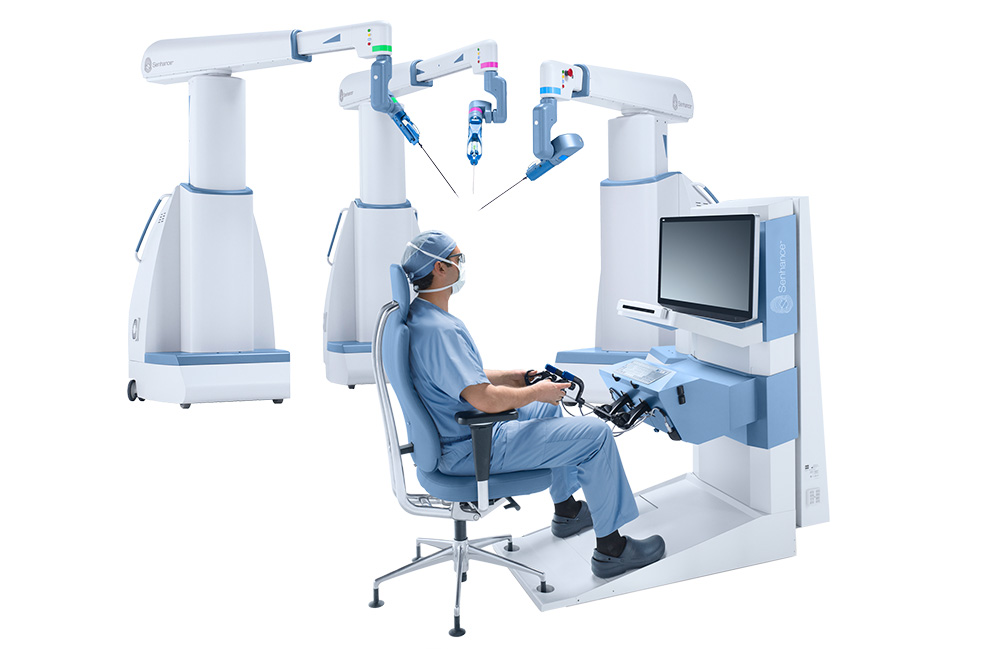H2 Clipper Inc., a company working on hydrogen-powered airships, has received a new U.S. patent that could transform how airplanes and spacecraft are built. The patent, No. 12,234,035, is the company’s 15th and builds on its earlier robotics technology. It introduces a system using robotic swarms—groups of robots working together autonomously—to construct large aerospace structures more efficiently.
“This is a big step forward for aviation and aerospace manufacturing,†said Rinaldo Brutoco, H2 Clipper’s founder and CEO. “Our robotic swarms can replace traditional assembly lines, building aircraft faster, cheaper, and with better quality.â€
The company claims its technology could cut manufacturing costs by 40% and reduce production time by up to 60%, all while improving precision. Unlike traditional methods that rely on massive facilities and complex assembly lines, H2 Clipper’s system uses robots that work together to build aircraft in place, reducing the need for large factories and risky manual labor.
How It Works
H2 Clipper’s patented system uses a network of robots guided by artificial intelligence (AI). These robots collaborate to assemble aircraft parts, attach outer skins, and perform tasks like bonding and quality checks. The system’s key features include:
Automation: Robots handle complex tasks like assembling airframes and installing components with high precision.
AI Optimization: Machine learning helps the robots improve accuracy, correct errors, and speed up production.
Safety and Scalability: Built-in sensors and AI ensure safe, collision-free operations. The system can be managed remotely and scaled across multiple locations.
Flexible Construction: Robots can build large structures vertically or horizontally without moving them, saving time and reducing infrastructure needs.
The technology was originally developed for H2 Clipper’s hydrogen-powered “Pipeline-in-the-Sky†airships, which use no fossil fuels and aim to transport goods and aid globally. However, the company realized its robotic swarm system could benefit all aerospace manufacturing.
What’s Next?
H2 Clipper is now forming a team of experts in aerospace, robotics, AI, and manufacturing to guide the technology’s next steps. The company plans to license the technology to major manufacturers and may create an industry group to promote swarm robotics in aerospace.
“This is as big as the invention of the assembly line,†Brutoco said. “Our technology lets manufacturers build aircraft and spacecraft smarter, faster, and more affordably, paving the way for the future of flight.â€
H2 Clipper is also working with Dassault Systèmes, a leader in 3D design software, to further develop its robotic software through a renewed three-year partnership.
With this latest patent, H2 Clipper is pushing the aerospace industry toward a new era of innovation, making manufacturing more efficient and sustainable.


















